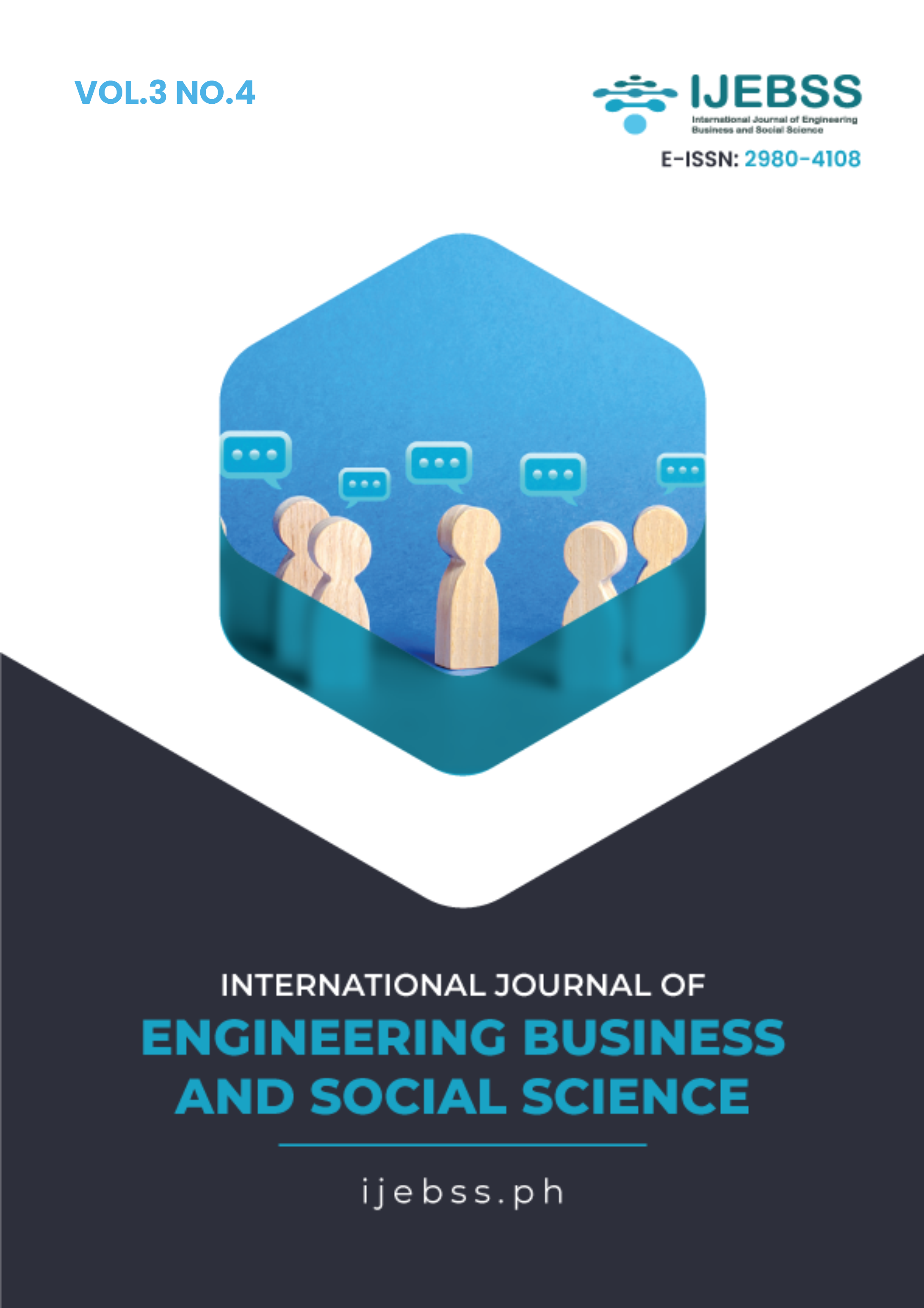Supply Chain Risk Mitigation of Banana Bolen Agroindustry at CV Mayang Sari Bandar Lampung City
Keywords:
house of risk, risk mitigation, supply chainAbstract
The supply chain issues of banana bolen products at CV Mayang Sari include the decline in the quality of raw bananas, fluctuations in raw banana prices, difficulties in banana supply, and production constraints that affect product quality and the sustainability of the agroindustry. This study aims to analyze risks, particularly risk sources, and supply chain risk mitigation measures for banana bolen products at CV Mayang Sari in Bandar Lampung City. The research employs a case study method. The respondents in this study consist of supply chain actors, including the owner, banana, sugar, and flour suppliers, four production workers, one marketing staff, and two regular consumers. The data analysis method used is risk analysis utilizing the House of Risk (HOR) method. The results show that there are 33 risk events and 51 risk agents, with 23 priority risk agents. The highest-priority risk agents include weather changes that hinder banana bolen product delivery, sudden machine breakdowns, scheduling inaccuracies in product shipments, errors in oven temperature settings, and sudden large-volume orders of banana bolen. Additionally, 29 mitigation measures were identified, with 16 priority mitigation actions recommended as risk management strategies. The highest-rated mitigation measures include implementing a first-in, first-out (FIFO) system for banana raw materials, improving customer service, maintaining buffer stock, using weather-resistant packaging, and developing a well-structured and detailed production plan.
Published
Issue
Section
Copyright (c) 2025 Fadilah Nur Safitri, Dwi Haryono, Fembriarti Erry Prasmatiwi

This work is licensed under a Creative Commons Attribution-ShareAlike 4.0 International License.
Authors who publish with this journal agree to the following terms:
- Authors retain copyright and grant the journal right of first publication with the work simultaneously licensed under a Creative Commons Attribution-ShareAlike 4.0 International. that allows others to share the work with an acknowledgment of the work's authorship and initial publication in this journal.
- Authors are able to enter into separate, additional contractual arrangements for the non-exclusive distribution of the journal's published version of the work (e.g., post it to an institutional repository or publish it in a book), with an acknowledgment of its initial publication in this journal.
- Authors are permitted and encouraged to post their work online (e.g., in institutional repositories or on their website) prior to and during the submission process, as it can lead to productive exchanges, as well as earlier and greater citation of published work.


